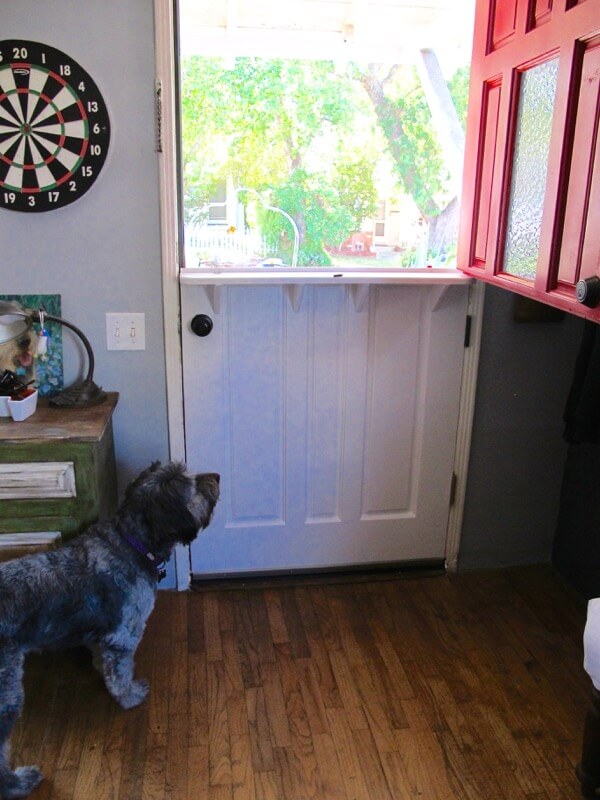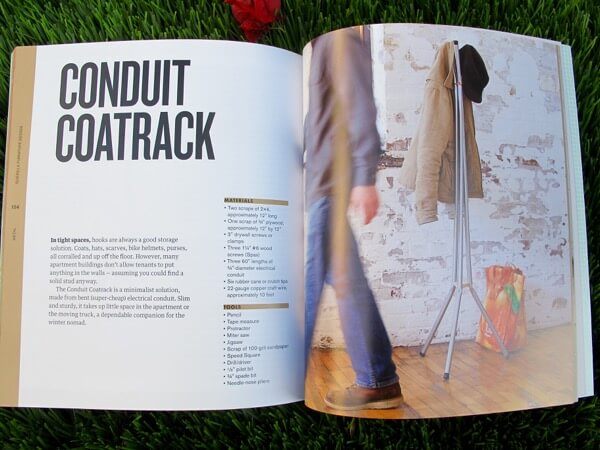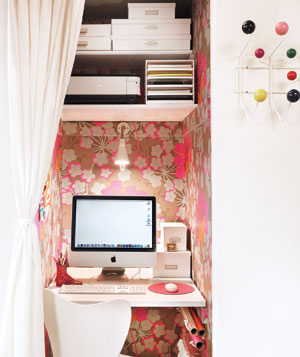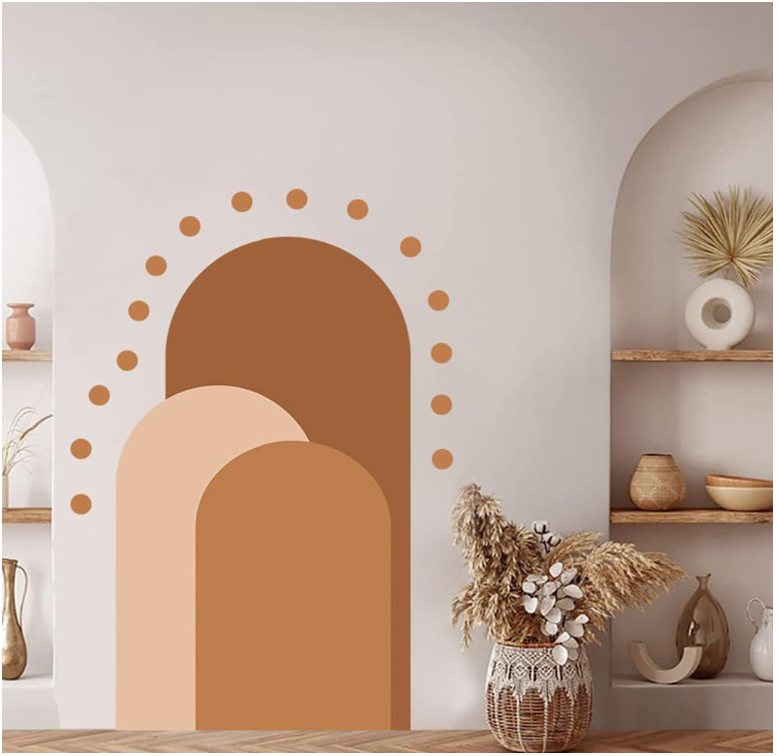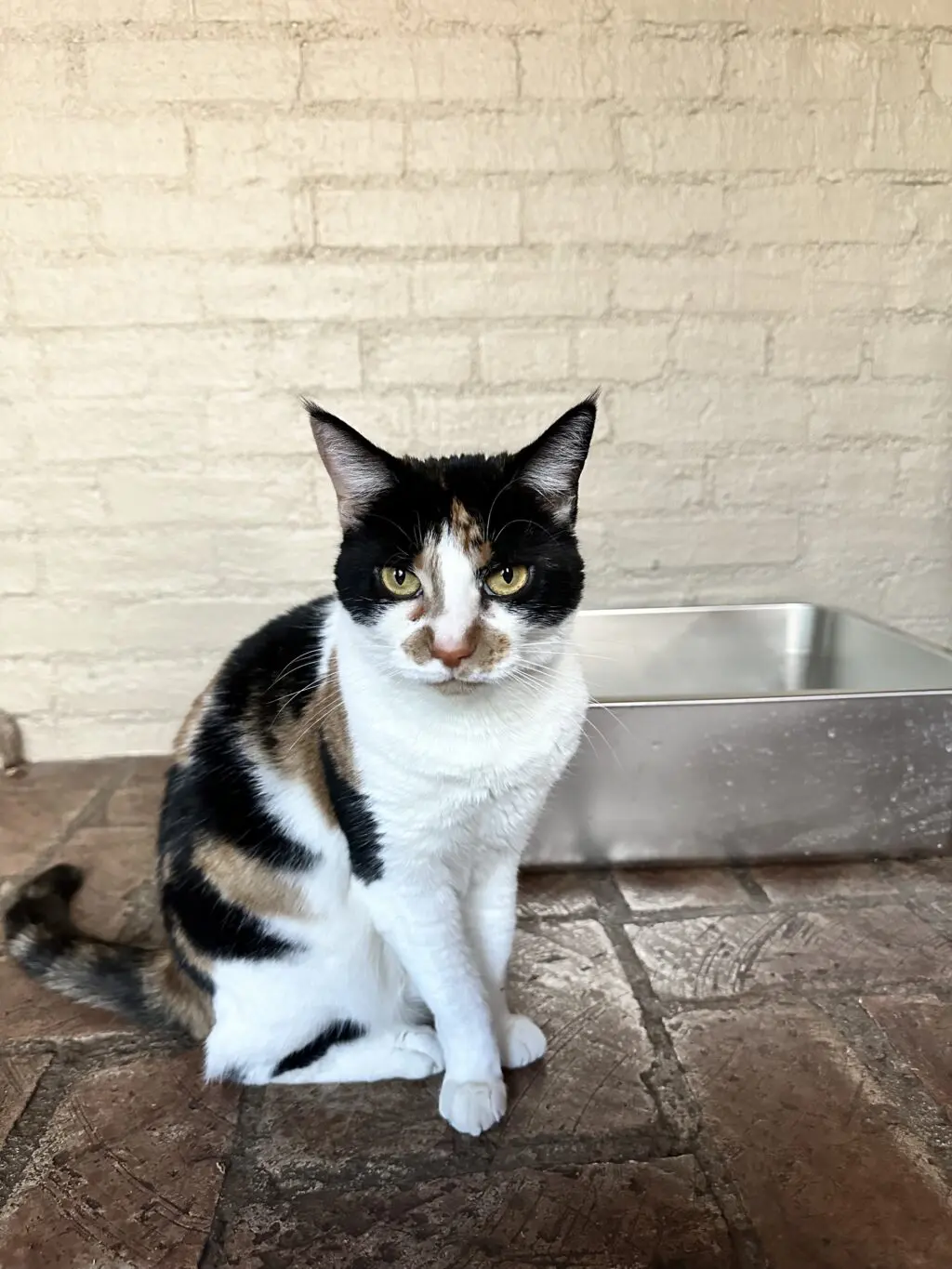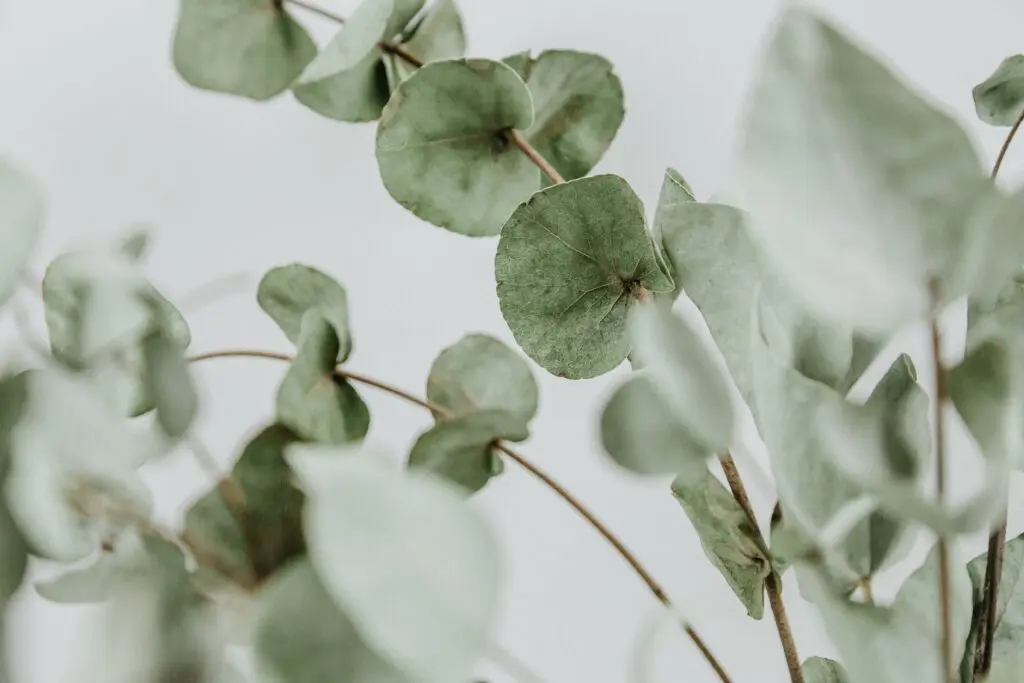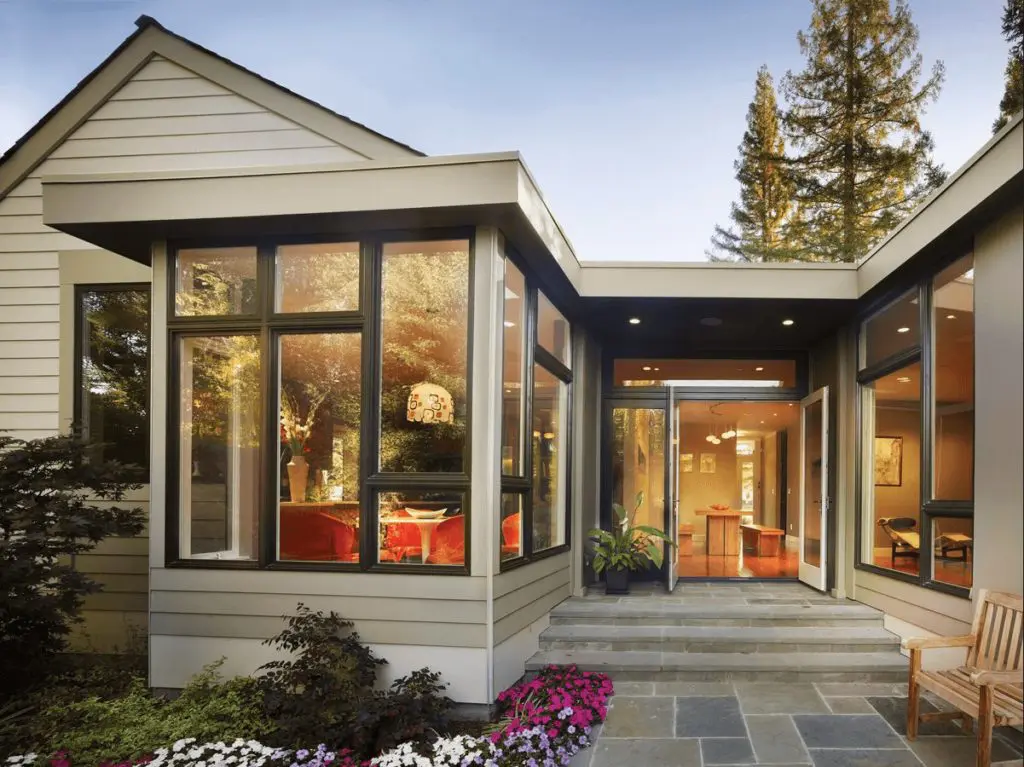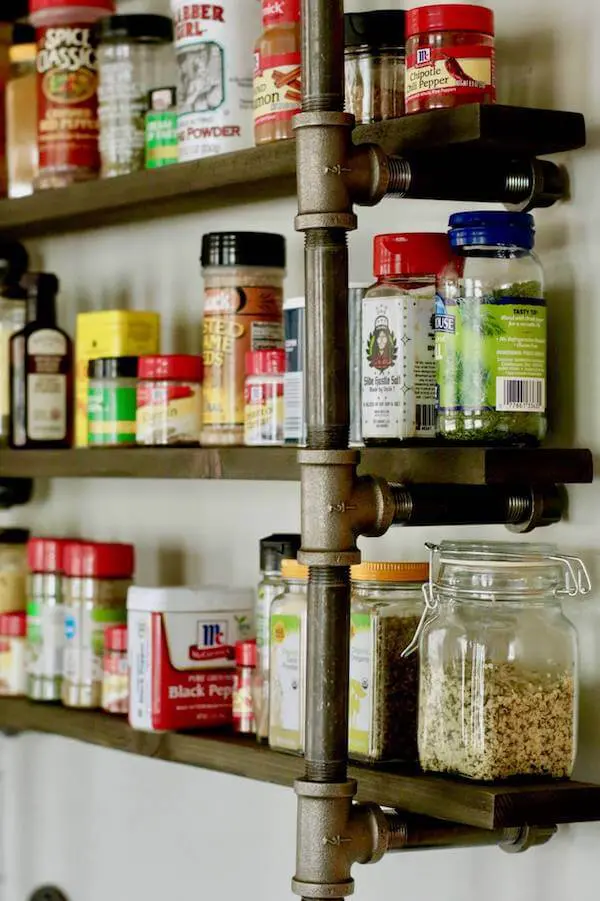 Yeah, yeah…Gorilla is an ape, whereas guerilla refers to actions or activities done in an impromptu manner…often without permission.
Yeah, yeah…Gorilla is an ape, whereas guerilla refers to actions or activities done in an impromptu manner…often without permission.
As for Will Holman‘s latest publication, Guerilla Furniture Design (Story Publishing), I, for one, have come away feeling a lot smarter about the practice and art of repurposing and reusing, as well as its historical roots and far-reaching environmental benefits.
Who knew upcycling came from the Native Americans? Then again, it totally makes sense.
That’s why this book is so fascinating. Not only does Guerilla Furniture Design contain doable, furniture-making projects that utilize salvaged materials (including curbside and dumpster dive items), it offers us the added reward of building the “guerilla” way:
“The city is a fertile environment for the design guerilla, offering visual inspiration, cultural resources, and abundant foraging grounds.”
Ain’t that the truth!
It may seem obvious that taking a green approach to building furniture would thus reduce our environmental footprint. But, what Will so pointedly illustrates through his wonderful how-tos, is that there is an entirely new world of modern design that can be inspired and heightened by the materials typically regarded as waste or unusable.
In other words, with the implementation of sound building principles, proper tools, and imagination, guerilla furniture designing can have sophisticated, innovative and beautiful results.
See Also: Upcycled Curbside Chairs Make One Superb Bench
Here are three things I dug about this book:
#1. The Education of a Guerilla
I found this unexpected section of the book very insightful and interesting. Will takes us on the road with him as he recounts his journey as a skilled carpenter and designer in search of work during one of America’s worst recessionary times. We learn that when we struggle, we often find purpose, which is what Will discovers throughout his nomadic travels that shapes his understanding and sense of design.
He goes on to describe the history of our country’s ebb-and-flow need to be resourceful, which sheds light on the effect this has had over the years on furniture design. We’re then schooled on what a guerilla designer should consider and value:
A. Economy: maximize resources, minimize waste;
B. Honesty: obtain, treat and handle materials respectfully and minimize obscuring its honest history (see our post on wabi sabi);
C. Utility: strive for ergonomic, stable, structurally sound design solutions;
D. Beauty: if a design is spare, honest, and useful (i.e. economic + honest + utilitarian), this usually results in a beauty.
What I also appreciated and appreciate about this design philosophy is the idea that once a piece of furniture has worn its welcome, but not yet its use, it should be able to be reused by another person, repurposed or recycled.
#2. How This Book is Organized
Simple. Color coded. Clearly marked.
When it comes to learning, there’s nothing like easy-to-navigate instructions. Along with the color-edged pages, indicating where you are in the book, there are just four elements Will focuses on:
- Paper
- Wood
- Plastic
- Metal
And projects include (along with some samples):
- Chairs and Stools
- Lamps
- Tables & Desks
- Organization
- Miscellaneous
#3. Doable How-Tos With Great Photos and Illustrations
So, I’ve already mentally sourced the materials I plan on using for the project on page 90 – a scrap lamp. I. Can’t. Wait. to make it!
There’s also something satisfying about opening a book and perusing the pages to find there are a number of projects – furniture-making projects, mind you – that have instructions that speak to the beginner and average DIYer. Along with simple and complete written instructions, there are very nice photos and illustrations to give more detailed information.
Recommendation: TWO THUMBS UP! This is a great book for any DIYer in your life, but, also, for the ecologically kind at heart. Furthermore, there is a deeper message behind guerilla designing, a philosophy that refuses to take the earth’s resources for granted. It’s a way of honoring and respecting what the earth provides us that, if handled mindfully, will continue to keep giving and giving.
Oh, yeah…and when it comes to reusing and repurposing, there’s an automatic story with “swag-factor” to tell friends and family…AND Mom Nature is left quite proud.
Now, that’s something to go bananas over!
Where to buy the book? Visit the following stores to order a copy or two of Guerilla Furniture Design: How to Build Lean, Modern Furniture with Salvaged Materials.
• Object Guerilla store = $14.96
• Amazon = $14.25, Kindle = $9.99
• Barnes and Noble = $14.25, NOOK book = $10.49
• Powell’s = $19.95
• Target = $19.95
GUERILLA FURNITURE DESIGN BOOK GIVEAWAY!
Visit us on our HomeJelly Facebook page and leave a comment for a chance to win a FREE copy of Guerilla Furniture Design! BONUS! Each time you SHARE the giveaway post on Facebook or Twitter, you will be entered again to win!
CONGRATULATIONS, Mary Solyntjes! Your name was picked out of our virtual hat, so you are the winner of “Guerilla Furniture Design”!
Thanks also to ALL our participants! We’ll be having several more fabulous DIY book giveaways throughout the holiday season, so stay tuned!
This giveaway is now closed.
Book photography by Kip Dawkins.
